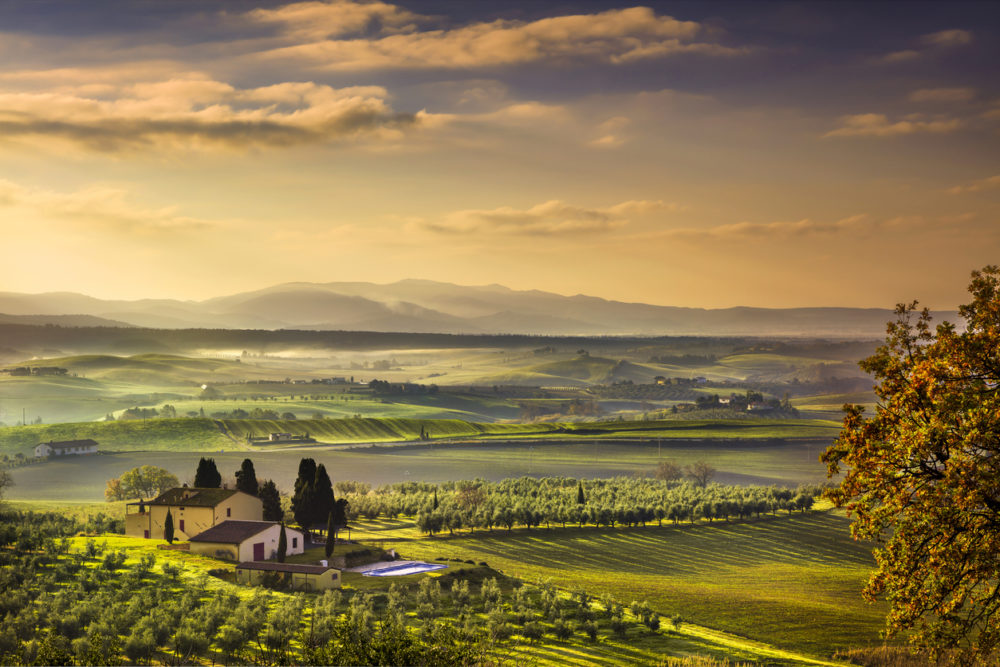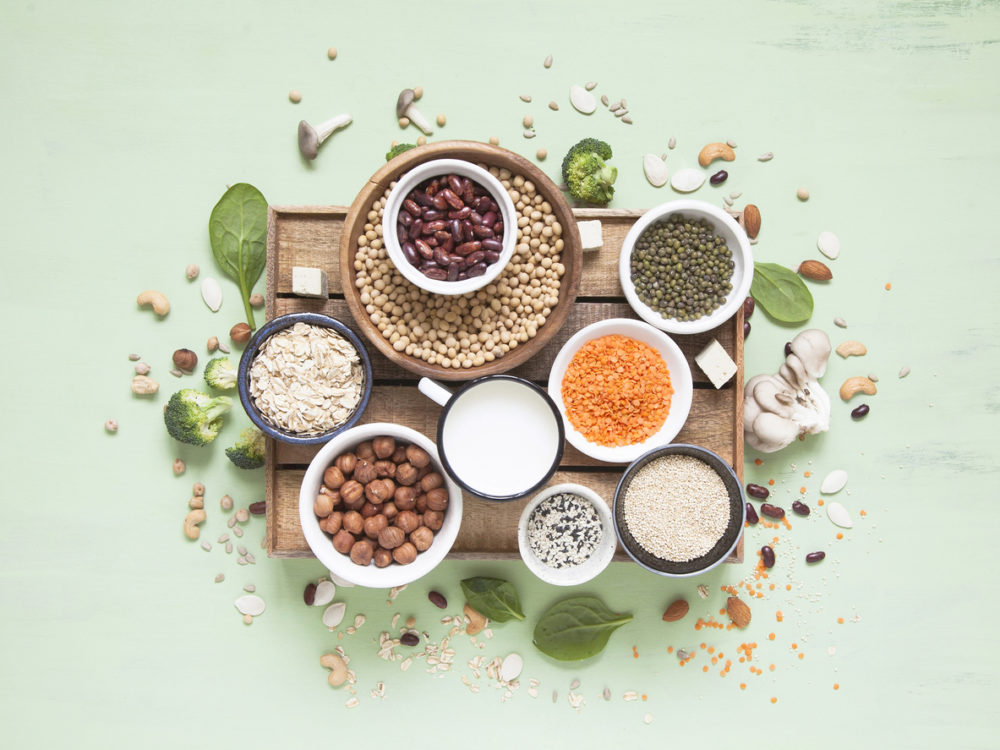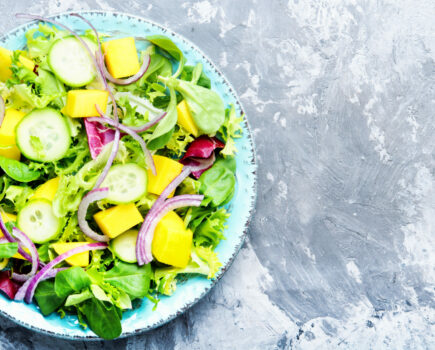Italian food expert, Valentina Harris talks about how the changing of the seasons can signal a culinary adventure.
As a little girl, my bedroom in Tuscany overlooked the huge vegetable garden, and all summer long tomatoes, courgettes and their flowers, shiny purple aubergines, impossibly green beans and all manner of salads flourished and were on our table within minutes of being picked for some beautiful Italian food.

As the weather got colder and damper, when I threw open my dark green shutters in the morning on to the familiar sight of produce growing, all I could see were the tall, dark, very wrinkly leaves of cavolo nero (a type of kale). A feeling of misery and the anticipation of the inevitable short days of winter that lay ahead is something I have always associated with this particular vegetable. Their appearance was the surest sign that the heady days of summer were well and truly over.
I will never, ever love cavolo nero, even though for some unfathomable reason, it is hugely popular in the UK, where I now live.
At home in Italy, late September was all about bottling tomato sauce — usually outdoors, with mineral water bottles wrapped in newspaper to avoid cracking, boiling away in a tin tub over a fire, capping machine at the ready to seal them. Mountains of shiny, end of season tomatoes waited to be turned into sauce, simmered with the Holy Trinity of Italian Food — carrot, celery and onion, and then passed through a giant food mill.

I know someone who still spends most of every September doing this, and then each October she hires a van to transport the resulting sauce to friends and relatives all over Europe, travelling from Sicily as far north as Denmark and Scotland to ensure everyone has a taste of home to get them through the dark winter days.
For a brief time in Italy, deliciously sweet and soft persimmons are in season, hanging like golden globes against the grey skies from the bare trees, ready to pick only once all the leaves have dropped.
Look out for all these glorious seasonal treasures at your local farmer’s market, farm shop or greengrocer, and be adventurous! Use some of the more unusual fruits and vegetables that are available at this time of year, even if you have never tried them before.
For example, globe artichoke tastes amazing if you just cut it into chunks, boil it until tender with a little salt, drain, tip into a dish and then cover with butter and parmesan before finally flashing under a hot grill for a few minutes until the cheese is browning.
Now is the time for indulging in delicious slow cooked stews, casseroles, thick soups and rib sticking, filling, warming comfort food. Game is in season, and so are crab, mackerel, plaice and mussels. Nourishing pulses come into their own, pairing up with vegetables, meat and fish in countless variations.

Having avoided polenta all summer, it can make a welcome return to the table. Gluten and fat free, polenta is a wonderfully satisfying base for any stew and makes a welcome change from mash.
I believe it is fundamental to respect the way each season brings us its own special treats, and there are countless ways to prepare, cook and enjoy them.
It’s exciting to look forward with anticipation to specific produce coming into season all year round. So celebrate the rich bounty of autumn and winter, for there is truly so much to be enjoyed. But me, I’ll still be avoiding the cavolo nero…
We have many more beautiful features in our Food & Drink pages. Why not take a look at some of Valentina’s other recipes while you’re there?








